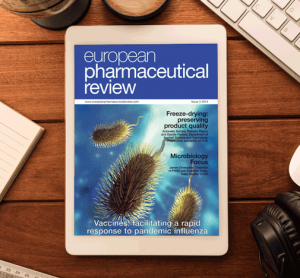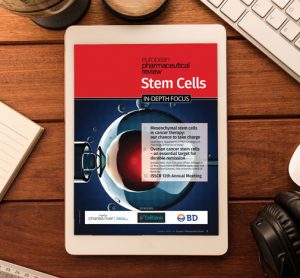Issue #3 2014 – Digital edition
In Issue #3 2014: Pharmaceutical freeze-drying, Self-amplifying mRNA vaccines, Polymorph myths, Microbiology focus, NMR for isotope profiling, Manufacturing with QbD 2.0, Single-cell mRNA-Sequencing, qPCR focus, Powder Flow...






























